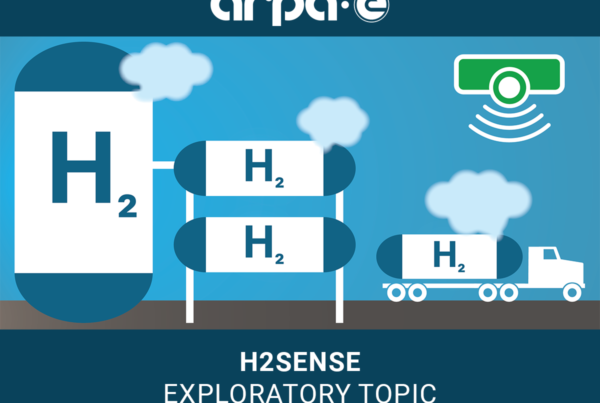
Vienna (APA) – If hydrogen is to play a central role in the European energy system in the future, bacteria could be the supplier. Because the microorganisms can produce significantly more hydrogen than expected under tailor-made conditions, Vienna researchers show in a paper published in the journal “Communications Biology”.
As early as the beginning of the 20th century it was proven that anaerobic microorganisms – i.e. those that do not need oxygen for their metabolism – can produce hydrogen. But so far the yield has seemed too low for biotechnological production: a theoretical barrier has been in place for several decades, the so-called “Thauer limit”. According to this, the bacteria can only produce four times as much hydrogen as they can utilize glucose (four moles of hydrogen per mole of glucose).
The team led by Simon Rittmann from the Department of Functional and Evolutionary Ecology at the University of Vienna, together with colleagues from the University of Natural Resources and Life Sciences (Boku) Vienna, examined whether hydrogen production can be increased beyond this Thauer limit under tailor-made conditions. They used two types of bacteria that are characterized by a high hydrogen production rate: the bacterium “Enterobacter aerogenes”, which has an aerobic or anaerobic metabolism depending on the environmental conditions, and the strictly anaerobic bacterium “Clostridium acetobutylicum”.
Artificial microbial ecosystem designed
On the drawing board, the scientists designed an artificial microbial ecosystem with an optimal growth and nutrient medium for the bacteria, “an aqueous solution with trace elements and growth substances, of which we know the exact composition in which both organisms can grow very well”, as Rittmann says stated to the APA. They also found out in which mixing ratio the two bacteria achieve the highest hydrogen production and yield. “We wanted a composition in which both organisms can grow under optimal conditions and at the same time enter an exponential growth phase”, says Rittmann.
If the researchers mixed “Enterobacter aerogenes” and “Clostridium acetobutylicum” in a ratio of 1 to 10,000, the yield was 5.6 mol of hydrogen per mol of glucose. That is 40 percent above the “Thauer limit” and also significantly above the hydrogen yield of pure cultures with only one of the two bacteria. One advantage of the mixture of the two types of bacteria is that the facultative anaerobic microorganism “Enterobacter aerogenes” uses up traces of oxygen, which is harmful to the strictly anaerobic organism.
Rittmann assumes that the result now achieved in the laboratory can also be achieved on a larger scale. Corresponding work is currently being carried out. He can imagine that the results represent a revolution in the use of microorganisms to generate hydrogen from renewable raw materials. The production of bio hydrogen could thus become a cornerstone of the European hydrogen initiative, emphasized Rittmann. Such tailor-made microbial ecosystems could also be used for the production of other bio-based products such as bioplastics or biopharmaceuticals.
Source: APA
https://dx.doi.org/10.1038/s42003-020-01159-x
Read the most up to date Fuel Cell and Hydrogen Industry news at FuelCellsWorks




